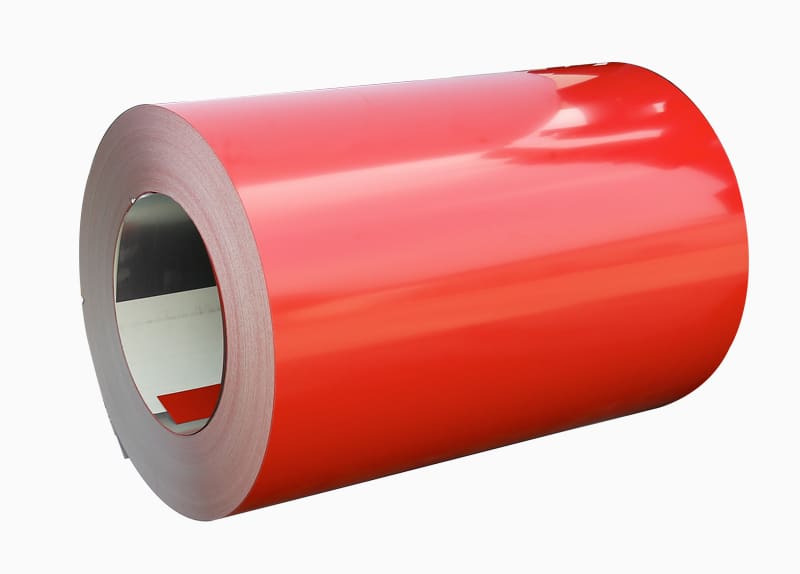Summary: The corrugation process involves forming a series of parallel ridges and grooves in a material, such as steel sheets. Th...
The corrugation process involves forming a series of parallel ridges and grooves in a material, such as steel sheets. This process is commonly applied to create corrugated metal sheets, which are widely used in construction for roofing, siding, and other structural applications. The corrugation process enhances the structural integrity and load-bearing capacity of steel sheets through several key mechanisms:
Increased Strength:
Mechanism: The corrugation process imparts strength to the steel sheets by introducing a series of ridges and grooves. These corrugations act as structural reinforcements, distributing applied loads more efficiently.
Benefit: The increased strength improves the ability of the steel sheets to withstand external forces and loads without experiencing deformation or failure.
Stiffness and Rigidity:
Mechanism: Corrugated patterns add stiffness and rigidity to the steel sheets. The alternating peaks and valleys create a geometric configuration that enhances the overall rigidity of the material.
Benefit: The increased stiffness contributes to the structural stability of the steel sheets, preventing excessive deflection and ensuring that the material maintains its shape under various loads.
Load Distribution:
Mechanism: The corrugated profile distributes applied loads more evenly across the surface of the steel sheets. The peaks of the corrugations bear a significant portion of the load, reducing localized stress concentrations.
Benefit: Improved load distribution helps prevent point loading and minimizes the risk of concentrated stresses that could lead to material failure. This is particularly important in applications where uniform load distribution is crucial for structural integrity.
Resistance to Deformation:
Mechanism: The corrugation process introduces a three-dimensional geometry to the steel sheets, which enhances their resistance to deformation and buckling.
Benefit: The resistance to deformation ensures that the steel sheets maintain their structural integrity even under significant loads, providing stability and durability in construction applications.
Enhanced Flexural Strength:
Mechanism: The corrugated profile increases the flexural strength of the steel sheets. This is due to the geometric configuration that allows the material to better resist bending forces.
Benefit: Enhanced flexural strength is particularly advantageous in roofing and siding applications, where the steel sheets may be subjected to bending loads caused by wind, snow, or other environmental factors.
Lightweight Design:
Mechanism: Despite their enhanced strength,
corrugated steel sheets are often lighter than equivalent flat sheets. The removal of excess material in the grooves contributes to a more lightweight design.
Benefit: The lightweight nature of corrugated steel sheets simplifies transportation, handling, and installation. It also allows for efficient use in applications where weight considerations are important.
Improved Shear Resistance:
Mechanism: The corrugated pattern increases the shear resistance of the steel sheets. The geometry of the corrugations enhances the ability of the material to withstand shear forces.
Benefit: Improved shear resistance is beneficial in applications where shear loads are prevalent, such as in roofing systems subjected to wind forces.





